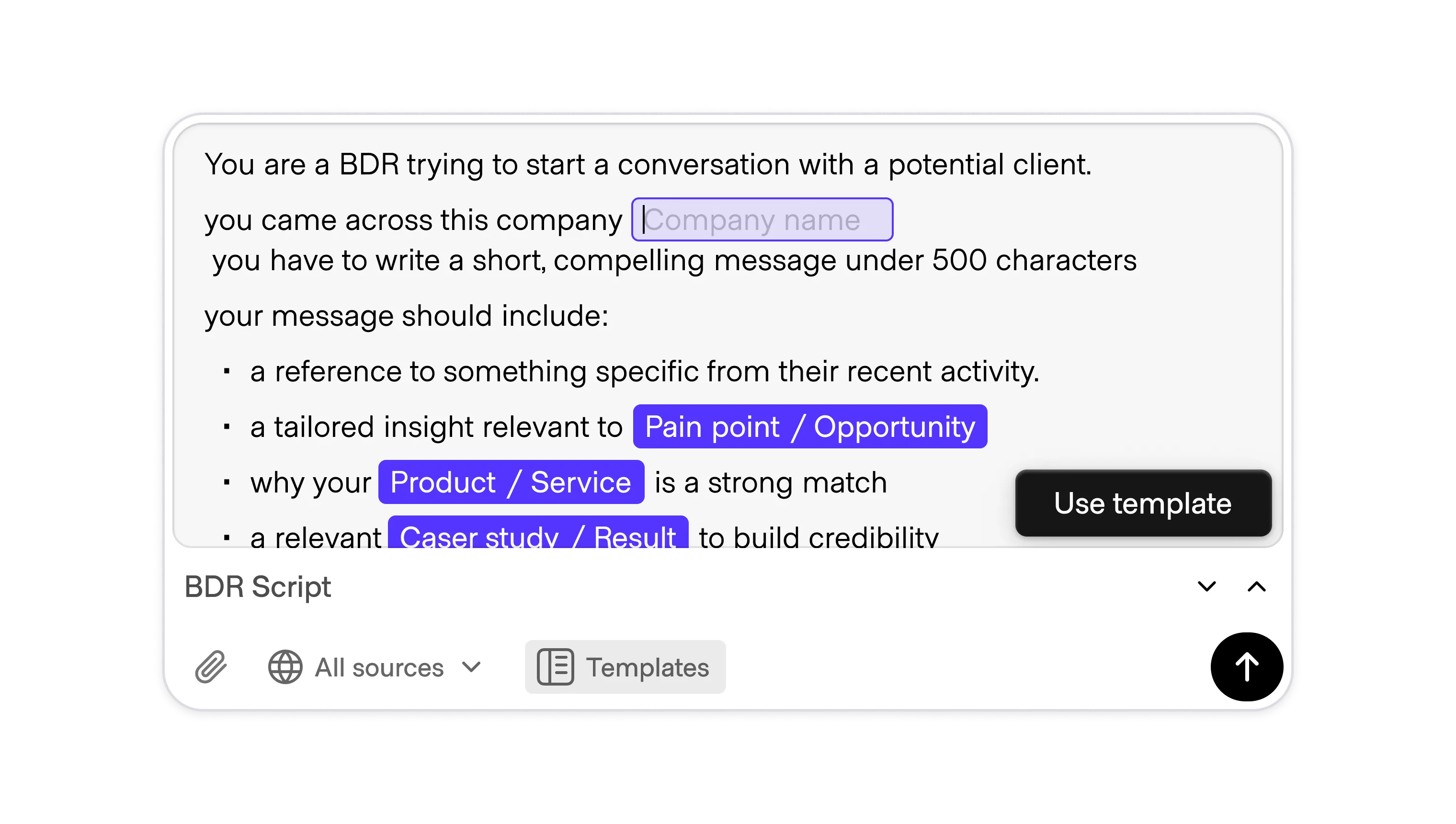

Templates offer a simple way to onboard someone into a complicated product area.
Suggesting basic ideas like "give me ideas to help with my kids' homework" can be sufficient to help someone understand how a product works. It falls flat when the person doesn't know how to write more advanced prompts, or when nuances to how to use the product are difficult to grasp.
Templates solve for both of these.
In their simplest form, templates make it easy to construct a familiar frame for doing a task. For example, you might already use Figma's FigJam to create a workspace for a retrospective with your product team. Sit down for a moment and think about the last thing like this you created. Now try to describe it in a way that is most likely to get an image generator to produce what you have in mind. Tough, right?
Beyond saving users the time it would take to create and arrange all of the boxes for this workspace, FigJam makes it so you don't have to describe it (or at least, not most of it). Set a few parameters and add a bit of information in the input, and Figma will create it for you based on its logic for this template.
This blend of parameters, suggested prompts, and text inputs gives templates their power. Any tool that would require a long and specific prompt to get a predictable outcome would benefit from a template.
They are very common in AI writing tools like Copy. Users can select a template, fill out a few words (instead of writing a 500-word prompt), and the machine will generate a first draft.
Hypotenuse's image-generating tool also includes a template, using shortcuts to add parameters to make it easy for the user to generate their prompt.
You can imagine other uses.
One thing to consider is that templates aren't always necessary. If the task someone is going to perform is fairly simple, limit how many hoops they have to jump through the first time. FigJam offers another good example of this, giving people the option to adjust their template after they have built it. Sometimes you have to know that you missed the mark before looking for help to get back on target.